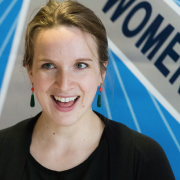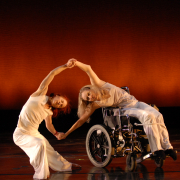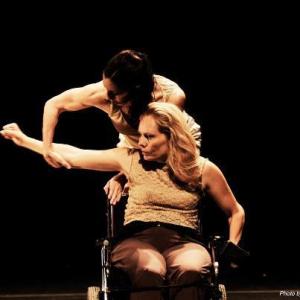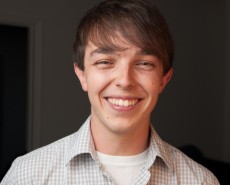Crossing Into Race and Privilege in the Arts – EMERGENCE 2015 – Afternoon Workshop
Crossing Into Race and Privilege in the Arts
Youth Arts Lounge Room – 2:50pm
Lead by Angela Anderson Guerrero, Lauren Benetua, Jay Marie Hill, Dorothy Santos and Manish Vaidya
A conversation about diversity, identity and the ways that history, culture, public policy and institutional practices interact to impact the way we address race and privilege in our sector. The session will invite us all to talk very explicitly about what #BlackLivesMatter looks like in practice via a multi-generational and multi-racial diaspora in the Bay Area. The goal of the session is to walk out with tightly bound commitments and new allegiances that lives far beyond the room and space.
Read the Community Hackpad from this session!
Session Lead by
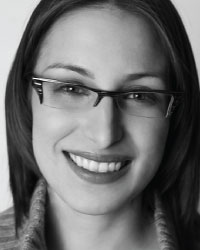 Angela ‘Mictlanxochitl’ Anderson, Ph.D. student, M.A. is currently a scholar practitioner and artist whose doctoral studies are exploring the intersections of epistemology, indigenous knowledge and spirituality. Both her art and her studies are an extension of her spiritual work within traditions of Mesoamerican, Native American, and Andean lineages. At CIIS, she lead a $10,000 Social Innovation Grant from California Campus Compact that enabled CIIS students to initiate the“Mindfulness & Community Resilience” project at a charter school in the Tenderloin Community. In the Bay area community, Angela works alongside local artists around creative endeavors aiming to create and honor sacred space and indigenous traditions. She received an M.A. in public policy and a certificate in health administration and policy from the University of Chicago’s Graduate School of Public Policy in 2004, and completed her undergraduate studies at the University of Notre Dame in 2000. Angela is currently the Student Alliance Coordinator at California Institute of Integral Studies
Angela ‘Mictlanxochitl’ Anderson, Ph.D. student, M.A. is currently a scholar practitioner and artist whose doctoral studies are exploring the intersections of epistemology, indigenous knowledge and spirituality. Both her art and her studies are an extension of her spiritual work within traditions of Mesoamerican, Native American, and Andean lineages. At CIIS, she lead a $10,000 Social Innovation Grant from California Campus Compact that enabled CIIS students to initiate the“Mindfulness & Community Resilience” project at a charter school in the Tenderloin Community. In the Bay area community, Angela works alongside local artists around creative endeavors aiming to create and honor sacred space and indigenous traditions. She received an M.A. in public policy and a certificate in health administration and policy from the University of Chicago’s Graduate School of Public Policy in 2004, and completed her undergraduate studies at the University of Notre Dame in 2000. Angela is currently the Student Alliance Coordinator at California Institute of Integral Studies
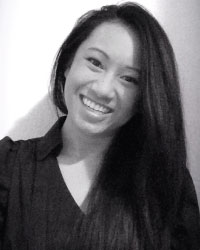 Lauren Benetua, American Arts Incubator Program Assistant, ZERO1 Garage and Network Coordinator, San Jose Peace and Justice Center – Lauren is an arts advocate and aspiring curator in love with art for social change, especially from indigenous perspectives and diasporic voices. She is dedicated to improve social and cultural bridging through unexpected and unconventional ways, especially participatory community arts projects. Her research interests focus on ways indigenous textiles, cloth, and clothing are forms of transmitting knowledge, history, and cultural identity, and can be used as tools to uplift the (often marginalized) women and communities from which they originate. On the weekends, you can find her nose deep in coloring books and researching archives of Indigenous and Third World Resistance movements.
Lauren Benetua, American Arts Incubator Program Assistant, ZERO1 Garage and Network Coordinator, San Jose Peace and Justice Center – Lauren is an arts advocate and aspiring curator in love with art for social change, especially from indigenous perspectives and diasporic voices. She is dedicated to improve social and cultural bridging through unexpected and unconventional ways, especially participatory community arts projects. Her research interests focus on ways indigenous textiles, cloth, and clothing are forms of transmitting knowledge, history, and cultural identity, and can be used as tools to uplift the (often marginalized) women and communities from which they originate. On the weekends, you can find her nose deep in coloring books and researching archives of Indigenous and Third World Resistance movements.
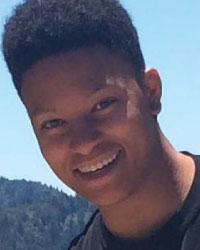 Jay-Marie Hill, Administrative Mgr at Robert Moses’ Kin Dance Company – Jay-Marie is a Black, Boricua y White Masculine, Queer Woman, born and raised in the Bay Area. She is a graduate of Stanford University (B.A) in Theater and Performance Studies and the University of Southern California (M.A., Teaching). In all of her work – as a teacher, mentor, arts administrator, and artist – she seeks to support artists and organizations that further her desire to help Youth and People of Color feel empowered to take on the task of healing and transforming their communities and our world. Having worked with several different arts organizations in the Bay Area, Jay-Marie always leaves a mark of professionalism, deep relationships, and fun in her wake. Her participation in the invite-only Brown Boi Project in 2010 – a national leadership development program for Masculine of Center People of Color – helped re-ground her focus in a desire to elevate Art and Blackness as a tactic to achieve liberation for people of all backgrounds. She found that in her current position at Robert Moses’ Kin and resonates deeply with RMK’s mission: to create phenomenal art that – rather than look beyond the differences that make us human – both recognizes and celebrates them.
Jay-Marie Hill, Administrative Mgr at Robert Moses’ Kin Dance Company – Jay-Marie is a Black, Boricua y White Masculine, Queer Woman, born and raised in the Bay Area. She is a graduate of Stanford University (B.A) in Theater and Performance Studies and the University of Southern California (M.A., Teaching). In all of her work – as a teacher, mentor, arts administrator, and artist – she seeks to support artists and organizations that further her desire to help Youth and People of Color feel empowered to take on the task of healing and transforming their communities and our world. Having worked with several different arts organizations in the Bay Area, Jay-Marie always leaves a mark of professionalism, deep relationships, and fun in her wake. Her participation in the invite-only Brown Boi Project in 2010 – a national leadership development program for Masculine of Center People of Color – helped re-ground her focus in a desire to elevate Art and Blackness as a tactic to achieve liberation for people of all backgrounds. She found that in her current position at Robert Moses’ Kin and resonates deeply with RMK’s mission: to create phenomenal art that – rather than look beyond the differences that make us human – both recognizes and celebrates them.
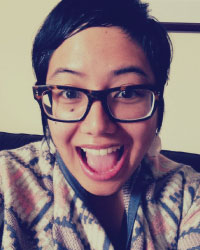 Dorothy Santos, Arts Editor for Hyphen Magazine and The New Asterisk Magazine – Dorothy is a writer and editor whose research areas include computational aesthetics, programming, coding, open source culture and their effects on contemporary art. Born and raised in San Francisco, California, she holds Bachelor’s degrees in Philosophy and Psychology from the University of San Francisco, and received her Master’s degree in Visual and Critical Studies at the California College of the Arts. She currently serves as an editor for the New Asterisk magazine, Hyphen, and The Civic Beat. Her work appears in Hyperallergic, Art21, Art Practical, Creative Applications Network, Daily Serving, Planting Rice, and Stretcher. She has lectured and spoken at the de Young Museum, San Francisco Art Institute, Yerba Buena Center for the Arts, and ZERO1: The Art and Technology Network. She serves as a board member for the SOMArts Cultural Center.
Dorothy Santos, Arts Editor for Hyphen Magazine and The New Asterisk Magazine – Dorothy is a writer and editor whose research areas include computational aesthetics, programming, coding, open source culture and their effects on contemporary art. Born and raised in San Francisco, California, she holds Bachelor’s degrees in Philosophy and Psychology from the University of San Francisco, and received her Master’s degree in Visual and Critical Studies at the California College of the Arts. She currently serves as an editor for the New Asterisk magazine, Hyphen, and The Civic Beat. Her work appears in Hyperallergic, Art21, Art Practical, Creative Applications Network, Daily Serving, Planting Rice, and Stretcher. She has lectured and spoken at the de Young Museum, San Francisco Art Institute, Yerba Buena Center for the Arts, and ZERO1: The Art and Technology Network. She serves as a board member for the SOMArts Cultural Center.
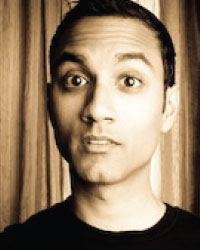 Manish Vaidya is Civic Engagement Coordinator, Queer Cultural Center; Founder and Artistic Director, Peacock Rebellion. Manish is a comedian; life coach to burned-out activists; program coordinator at Queer Cultural Center, home of the National Queer Arts Festival; and the founding Artistic Director of Peacock Rebellion, a social justice arts organization for queer and trans people of color.
Manish Vaidya is Civic Engagement Coordinator, Queer Cultural Center; Founder and Artistic Director, Peacock Rebellion. Manish is a comedian; life coach to burned-out activists; program coordinator at Queer Cultural Center, home of the National Queer Arts Festival; and the founding Artistic Director of Peacock Rebellion, a social justice arts organization for queer and trans people of color.

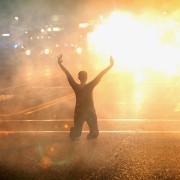
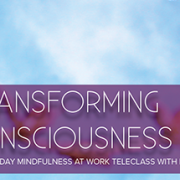
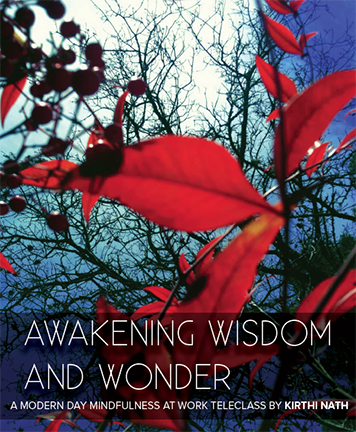
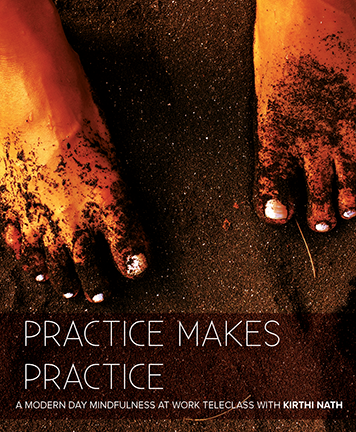
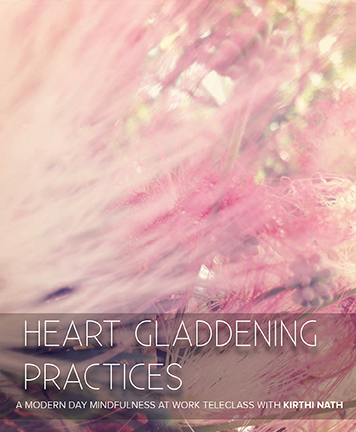
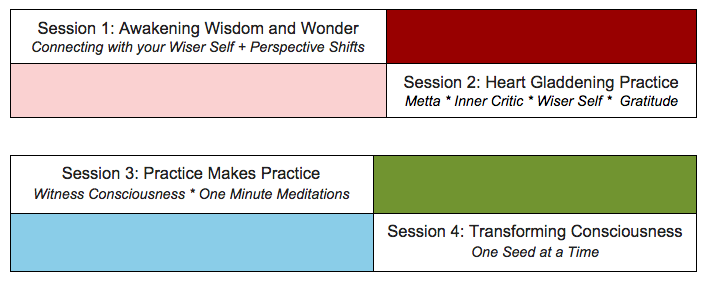

 Jordan Simmons is the Artistic Director of the
Jordan Simmons is the Artistic Director of the 